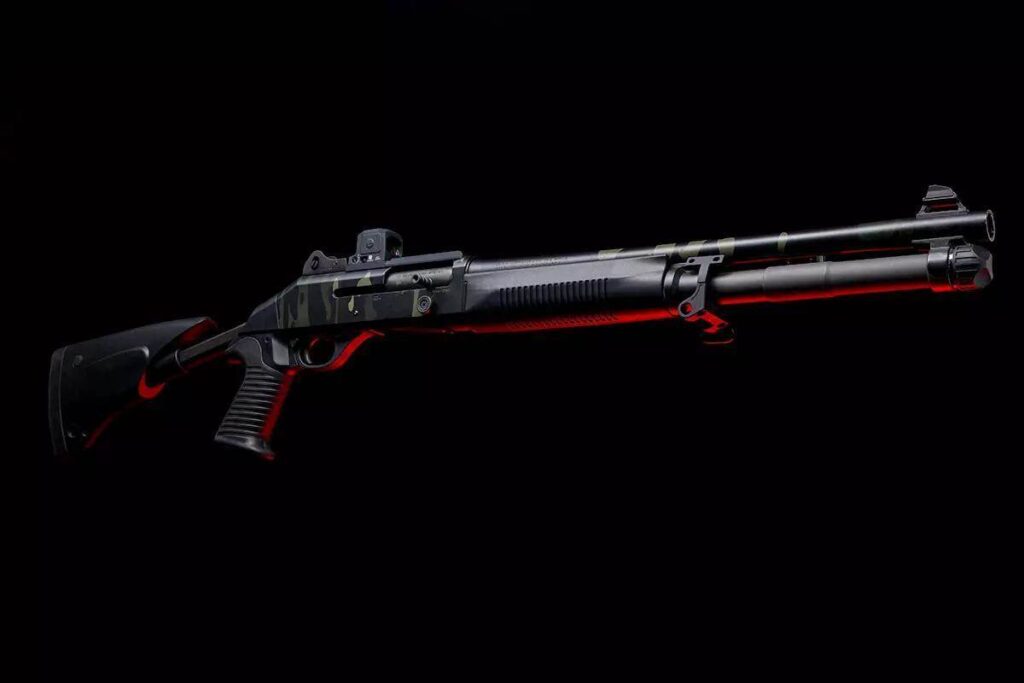Except for when they do, as you can see in the header image. That’s the front sight, or more accurately where the front sight should be, on a Gen 5 Glock 17. And yet you will hear people repeat “iron sights don’t fail” as a reason to avoid small red dot sights as primary sighting solutions on pistols.
What’s interesting about this particular failure is that if I have the front sight yeet itself off my gun and into space or wherever front sights go to die, the only aiming method left to me is the gross index, where I slap the slide plate of the gun over the target and hope for the best. Gross index works well, especially at short ranges, but at longer ranges can be dicey. However, if I was firing and my red dot of choice, the excellent Aimpoint ACRO failed, I would actually have a lot more options to aim the gun. If my ACRO went down and I didn’t have back up iron sights, I could still use the gross slide plate index, I could also index off the top of the optic, or I could center the target in the optic window. All three of those methods work reasonably well at short ranges, and centering the target in the optic window works well at intermediate ranges.
The point of this post isn’t to start another “red dot vs iron sights” war or anything like that, but rather to help create the mindset that your gun is a machine, and like any machine it can fail. In 10+ years in the firearms industry and shooting competitively, if there is a failure mode for a gun, I have probably seen it. I’ve seen front sights fly off, rear sights come out of dovetails, red dots fail, lasers magically come un-zeroed, scopes that aren’t tightened properly, you name it I’ve seen it. And that’s just talking about sighting systems.
Advertisement — Continue Reading Below
If we accept that our gun is a machine and like a machine has a chance of failing, how do we manage that potential? The first step is to choose quality equipment from reputable manufacturers. Sure, in the header photo that’s a Glock, but out of tens of thousands of rounds through Glocks, their rate of failure is pretty low. If we get quality equipment, we reduce the odds of our gear failing. The second step is to have a plan for likely failure modes and train it. If you’re worried about your dot dying, occasionally practice shooting with your dot turned off. It doesn’t need to dominate your practice, unless your dot dies a lot, in which case go back to step one. The third step is to develop really solid fundamentals, what we like to call “unconscious competence.” When you have this, if something goes down with your weapon, your brain will be free to actually solve the gun problem, because all the other stuff like manipulations you can do in your sleep.
The moral of the story is simple: all machines fail. Your irons can break. Your red dot can die. An unbreakable revolver can out of time after 1300 rounds. The question is how prepared are you to manage that situation?















